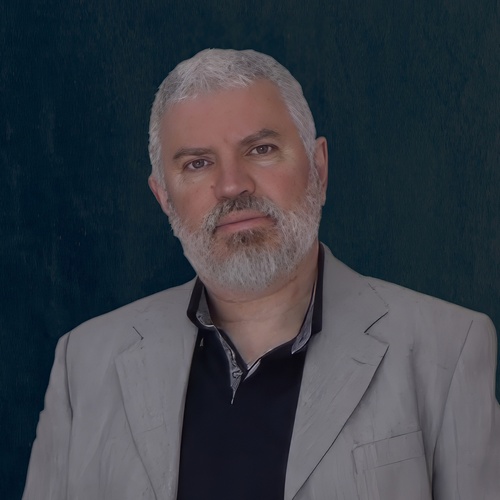NEWS
ニュース
I Musici to Perform a New Piece Commemorating 80 Years Since the Atomic Bombing alongside Vivaldi’s “The Four Seasons”: Autumn 2025 I Musici to Perform a New Piece Commemorating 80 Years Since the Atomic Bombing alongside Vivaldi’s “The Four Seasons”: Autumn 2025
The winning work of the composition contest, “The two flowers” will be world-premiered by I Musici

Vivaldi’s “The Four Seasons” reminds us of I Musici. I Musici reminds us of Vivaldi’s “The Four Seasons”.
It was I Musici who made Baroque music popular in the 1950s and who made, above all, Vivaldi’s “The Four Seasons” the most well-known classical piece in the world.And the prestigious ensemble will come back to Japan this September for the first time in two years!
The year 2025 marks the 80th anniversary of the atomic bombings of Hiroshima and Nagasaki.
To commemorate the tragedies, I Musici held the international composition contest “I Musici International Call for Scores 2025!” to convey a wish for peace through music. Several new works dedicated to Hiroshima and Nagasaki were submitted from all over the world. From among them, Antonio Marcotullio’s “The Two Flowers” was selected as the winning piece by all the members of I Musici who will world-premiere it during their coming Japanese tour.
This is a special and unique project that only I Musici could have come up with as an ensemble who has been long loved by the Japanese audience on the basis of mutual trust.
I Musici invites you to have the irreplaceable experience of listening again to their specialty “The Four Seasons,” this time filled with prayer.
Listen to the winning piece
A. Marcotullio: “The two flowers”
(Hiroshima e Nagasaki)
* * *
About “The two flowers”
(Hiroshima and Nagasaki)

Antonio Marcotullio
The composition consists of four moments inspired by the fate of destruction and rebirth of the cities of Hiroshima and Nagasaki, which became a universal emblem of the drama unleashed by the use of the atomic bomb against defenseless civilians.
The first part traces the delicate rising of the sun on a quiet August day: the music accompanies the serene awakening of the citizens of Hiroshima and Nagasaki in their intimacy, in which they prepare to experience a new summer day, unaware of the tragedy of which they are about to be protagonists.
The second part leads to the fateful moment of the explosion, rendered with a decisive and marked progression of the instruments and with the use of counterpoint spirals, which mark the achievement of maximum tension in the entire compositional process.
The pain, returned by a funereal pace, is expressed in the third section, dominated by an intimate and mournful tone in which the first parts dialogue with each other.
The fourth moment, instead, traces the picture of rebirth: the industriousness and resilience of the Japanese people lead to the reconstruction of what was destroyed in the name of a modernity that preserves, at the same time, the legacy of an ancient tradition.
The title of the composition refers to this last aspect: just as the flower, once cut, regenerates in its beauty and delicacy through its own seeds, in the same way the two cities destroyed by the atomic explosion found within themselves the “seeds” that allowed them to be reborn and recover their splendor.
The composition ends, therefore, with a reprise of the initial moment, to signify the reconstruction of Hiroshima and Nagasaki with the restoration of a climate of serenity, in the hope that peoples will universally learn to build relationships of peace, solidarity and authentic collaboration through the memory of the victims of all wars.